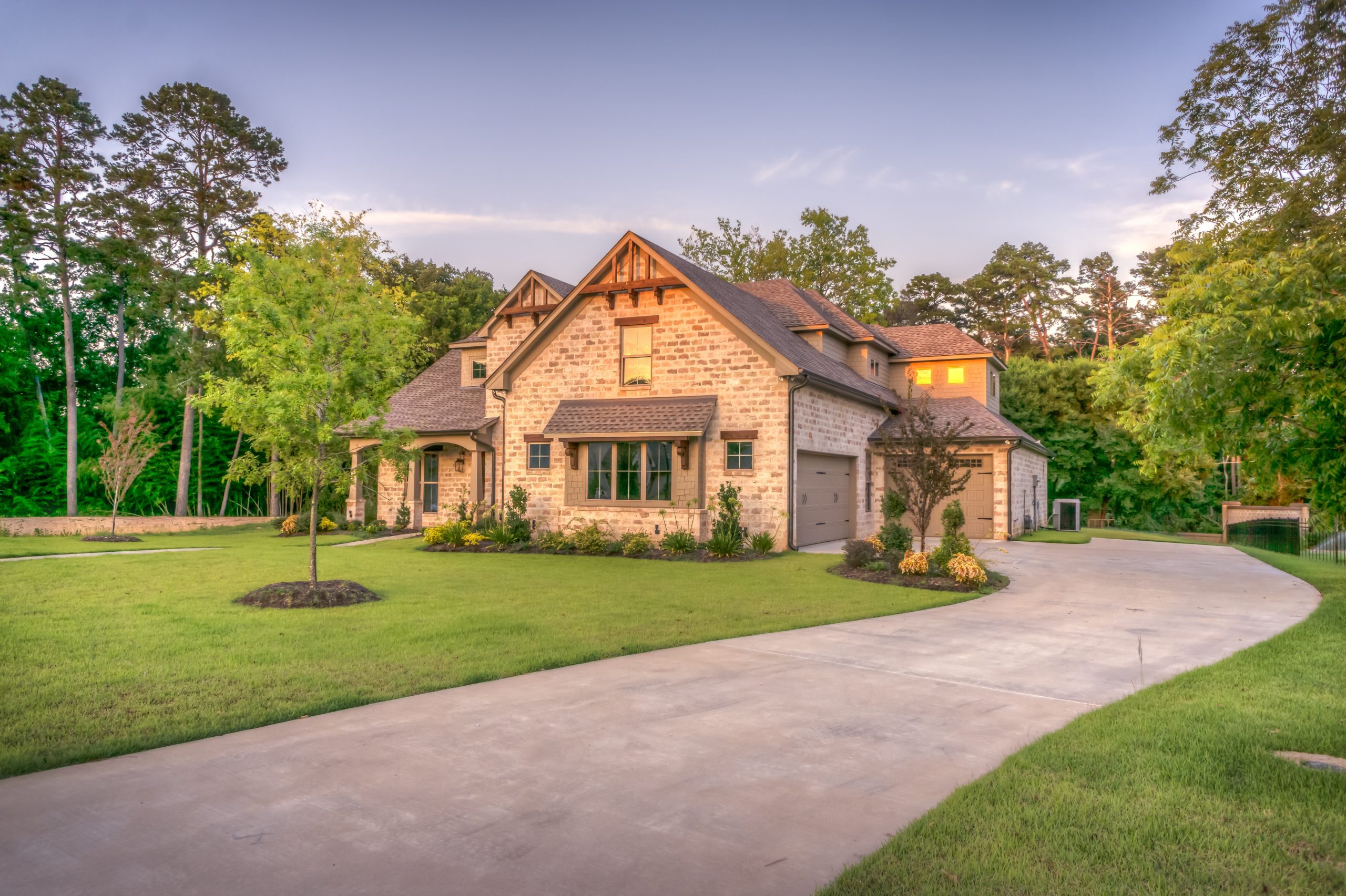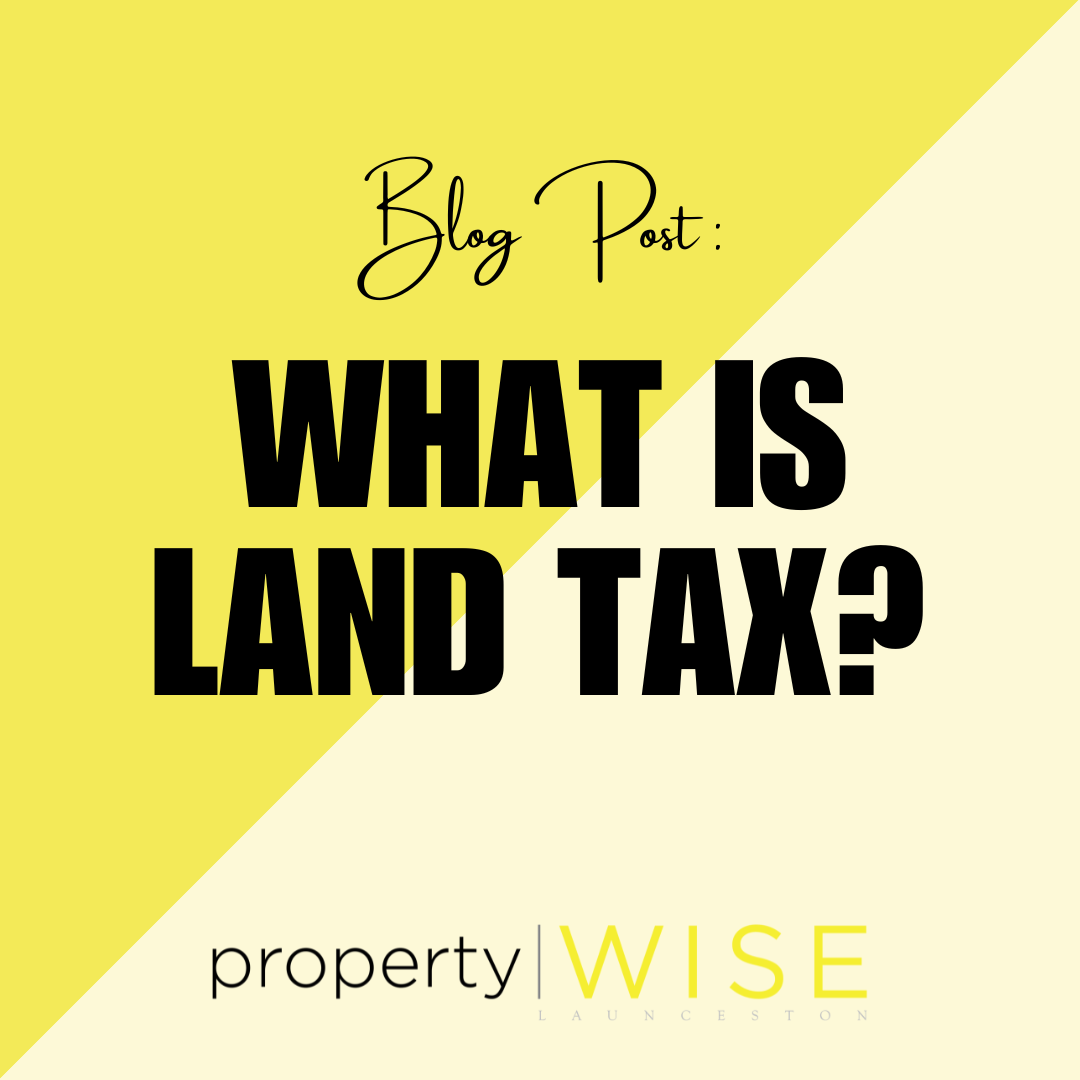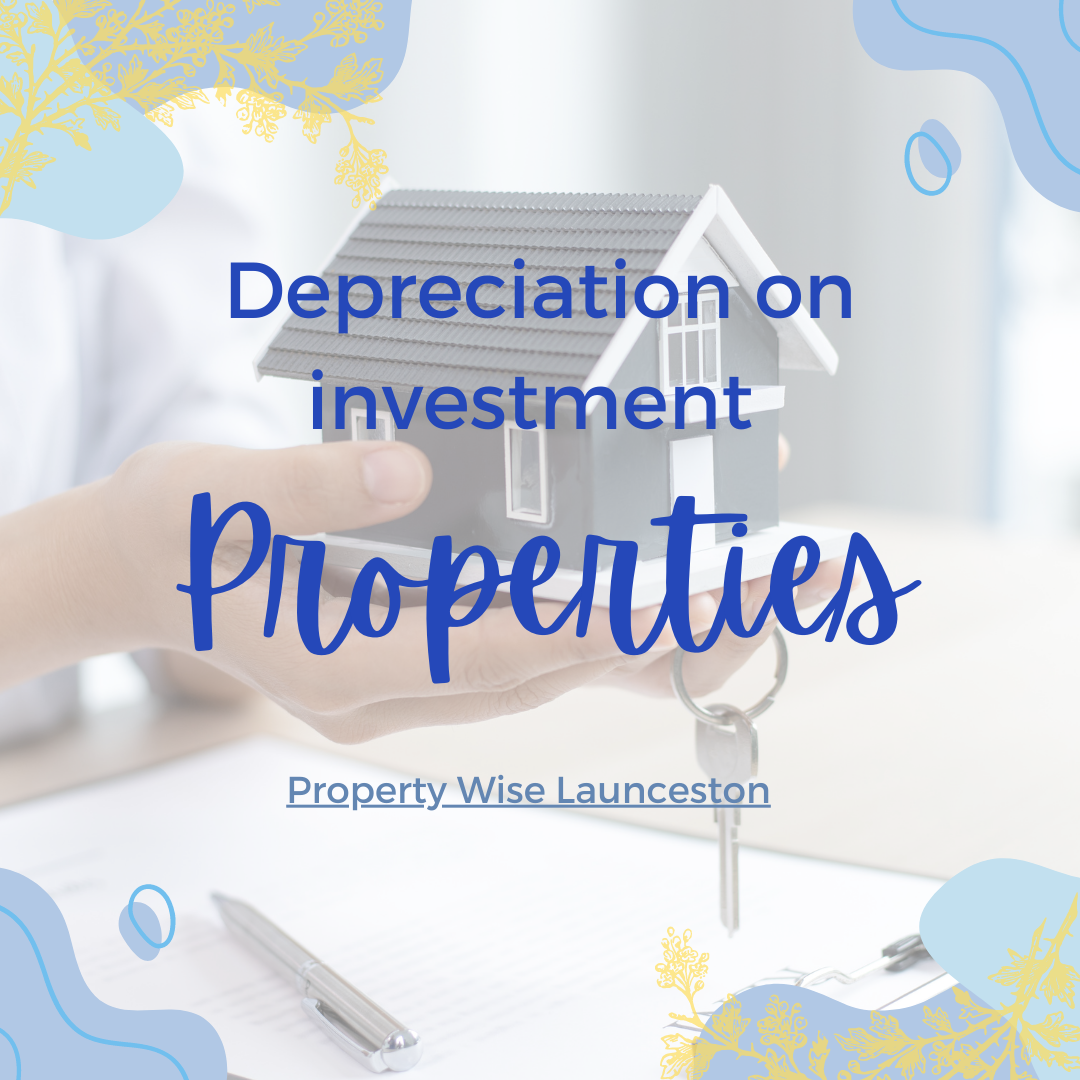Buying property in a self-managed super fund (SMSF)
Using an SMSF to buy property has become popular in recent years, but you need to make sure you consider how buying through an SMSF may impact your investment. With the adjustments in this year’s Federal Budget to allow up to six members in an SMSF, this may also provide buyers with more purchasing power in their SMSF, but you have to be careful about how you structure the transaction and asset ownership amongst the fund’s members. In this article, we take a look at buying a property through an SMSF, your key considerations and property rules for SMSFs.
How can you buy property through an SMSF?
You can buy investment properties through an SMSF through using the funds in your SMSF or using part of your super balance to borrow for a single property investment or identical assets with the same market value.
Borrowing for investment properties through an SMSF can be done through a Limited Recourse Borrowing Arrangement (LRBA). An LRBA allows SMSF trustees to have beneficial interest in an asset with legal ownership held in a trust. This protects your super fund and places restrictions on how debtors can recover funds if you default on your loan.
Considerations if you’re looking to buy through an SMSF
Before you buy an investment property through an SMSF, you need to consider a few key factors. You’ll need to identify what sort of property would be suitable to purchase and if it’s worthwhile setting up an SMSF to buy property if you don’t already have a fund established.
Advantages of buying investment properties through an SMSF
Buying an investment property through an SMSF offers a range of tax advantages. Super funds are taxed at 15 per cent, which is much lower than the marginal tax rate for an average income in Australia (30 per cent). For properties purchased through an SMSF, your capital gains will also be eligible for discounts. If you sell a property in the accumulation phase, capital gains will be calculated at the discount rate, which is 33.3 per cent. Properties sold in the pension phase will not be subject to CGT.
Buying residential property through an SMSF
If you buy residential property using your SMSF, you can’t live in the property, and a family member can’t live in the property either. Investment properties can only be rented out in the market like regular investment properties.
What if you don’t have enough money in your super fund for a deposit?
If your super balance is too low or you don’t want to borrow using an LRBA, you can explore a Tenants in Common (TIC) arrangement. This allows you to split the borrowing for a property across your primary place of residence and your super fund. For example, if you’re looking to buy a $500,000 property, you could borrow $250,000 against your family home and use $250,000 from your super fund. With this option, you’ll need to consider whether borrowing against your family home is suitable for your situation and risk appetite.
Before you buy property through an SMSF, make sure you speak with qualified financial and legal professionals to make sure this approach is suitable for you.
Remember, this article does not constitute financial or legal advice. Please consult your professional financial and legal advisors before making any decisions for yourself.




